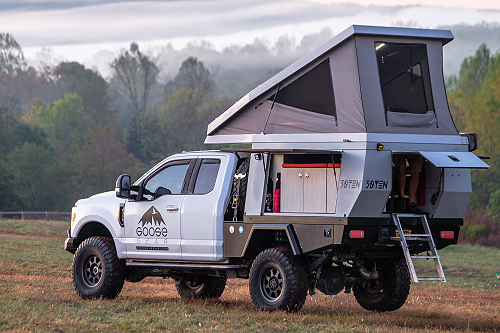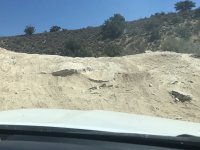Ninelitetrip
Well-known member
@reverse01134
A few examples of the Ford Super Duty platform.


A few examples of the Ford Super Duty platform.

Featured Vehicle: Goose Gear's Overland F-350 - Expedition Portal
It wasn’t all that long ago that many people would have laughed at the idea of a full-size truck for overlanding. But these days, they’re all the rage, and it’s not hard to understand why. While many mid-size trucks are struggling with a lack of power and feeble payloads, their siblings offer an...
expeditionportal.com

Goose Gear’s Ford F-350 - Blue Oval Trucks
After owning a Toyota Tacoma for overlanding, Brian of Goose Gear decided it was time to move up to something larger. The large tires and added weight of overlanding gear made the Tacoma feel to heavy and sluggish for … Continued
www.blueovaltrucks.com
Last edited:

